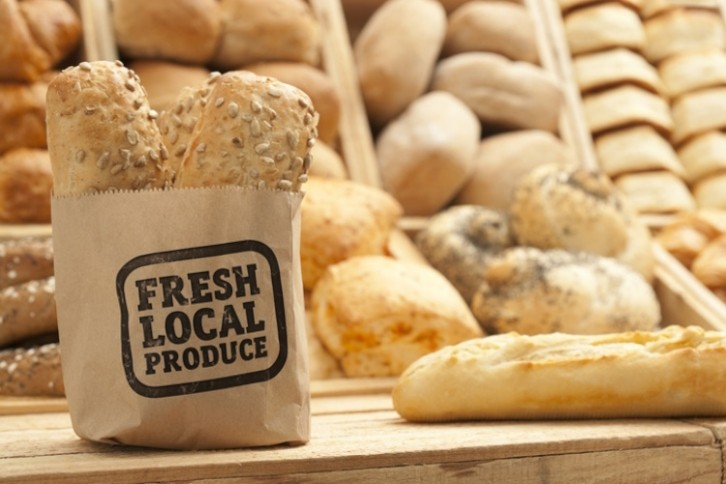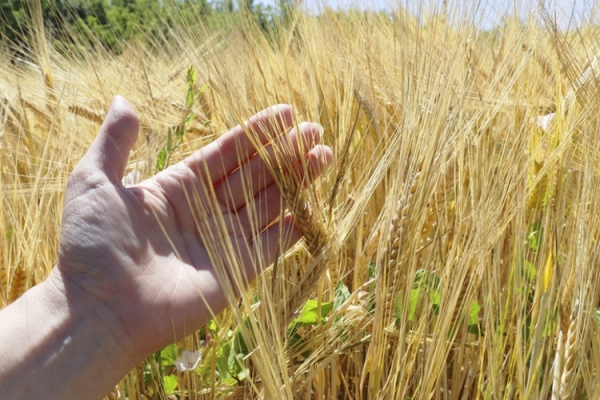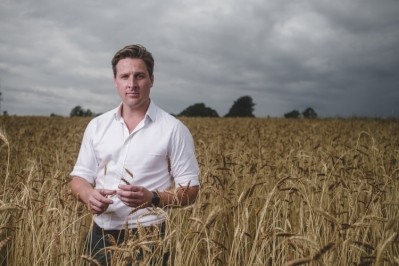RegAg and bakery: A match made in heaven?

“As with many things in life, there is not one universally accepted definition of what regenerative farming is with farmers taking different views on what it means,” Bob Gladstone, MD of Silvery Tweed Cereals.
“For me, I believe it comes down to sensible farming and ensuring we are putting more back into the soil and surroundings than we take out.”
For others, it’s viewed as a return to more traditional practices of crop rotation to maintain soil health and promote a healthy ecosystem. This type of farming aligns with efforts to reduce agriculture’s impact on the environment, while also helping growers to cut costs and simultaneously protect profit margins. As the cost of labour, fuel, and fertilzer continues to spiral, regenerative agiculture (RegAg) presents a sustainable solution for farmers.
Whatever the view, though, RegAg is fast becoming the key solution to feeding a growing population and tackling climate change. More importantly, it’s a responsibility not only to be shouldered at farm level but should be promoted by the bakery industry.
“While the main grains that we all know are still being grown, the result of regenerative farming is a broader mix being grown on each farm as well as bringing grass and cover crops back into the rotation. This, in turn improves soil health and ensures the longer-term viability of the soil to grow quality crops,” Gladstone told Bakery&Snacks.
Cereals and seed ingredients are at the heart of the Northumberland-based company, grown on its 750-acre farm, The Mead, which is also home to 150 cattle and 300 sheep.
“Growing a mix of crops within a set rotation designed to improve and maintain and protect soil health is vitally important to what we do. We currently grow a mix of wheat, barley, rye, linseed and spring oats as well as having temporary grass in our crop cycle.”
Do or die
Protecting and improving soil health is the central concept of RegAg.
Over the past century, the increasing adoption of mechanization, pesticides and fertilizers to feed a rapidly growing population has led to intensely farmed soils being depleted of their natural resources.
If this isn’t corrected, Gladstone said the future of growing healthy high-yield crops could be bleak.
“Many growers have got into the habit of growing continuous crops of winter-sown wheat that only include winter-sown oilseed rape as a break crop. In turn, this has led to issues like black grass.
“Under regenerative practices, a broader range of crops is grown in both spring and winter formats with cover cropping introduced to cover off the ground to be sown with spring crops (which previously had winter cropping on). This helps reduce soil erosion if the ground was left bare over winter months and provides growers with an opportunity to reduce weed burdens that have built up over years of growing continuous crops.
“Ultimately, the aim is to rebuild the natural soil organic matter by minimizing disturbance and building back up the soil's primal matter, which fixes carbon in the soil.”
Make the change
The Mead has recently been accepted into DEFRA’s Countryside Stewardship scheme, which encourages farmers to conserve the farmed environment for wildlife, insects and pollinators, while improving water and air quality.
“For us, this has involved planting and cultivating cover crops in open fields to improve soil structures and drainage, creating grass margins rich in flowers for pollinators and protecting the water course.”
Last year, the UK government also launched the Sustainable Farming Incentive (SFI), which rewards farmers for adopting practices that help produce food sustainably and protect the environment.
“These schemes all encourage producers to make decisions that sustainably benefit the environment and farm.”
Give consumers the option
Gladstone believes that as RegAg continue to gain traction, it will see a shift in how products are marketed.
“For those who do not want to go fully down the organic route but want to eat with the environment in mind, regenerative farming plays a pivotal role,” he said.
“Consumers do not want to compromise on the quality or health benefits of the products they are eating, but they do want to reduce their carbon footprint. Therefore, the marketing of products with regenerative grown ingredients will be attractive to them.
“Reducing food miles isn’t a new concept, it has been on the minds of food manufacturers and consumers for some time now. What we do not grow at The Mead, where possible, we source from within a 40-mile radius of our production facility at Berwick-upon-Tweed.
“As farmers, processors, suppliers and consumers, we must continue to move towards being more sustainable. Regenerative farming only adds force and value to what we do as it allows us to take customers on a journey from field to fork,” Gladstone told this site.




















